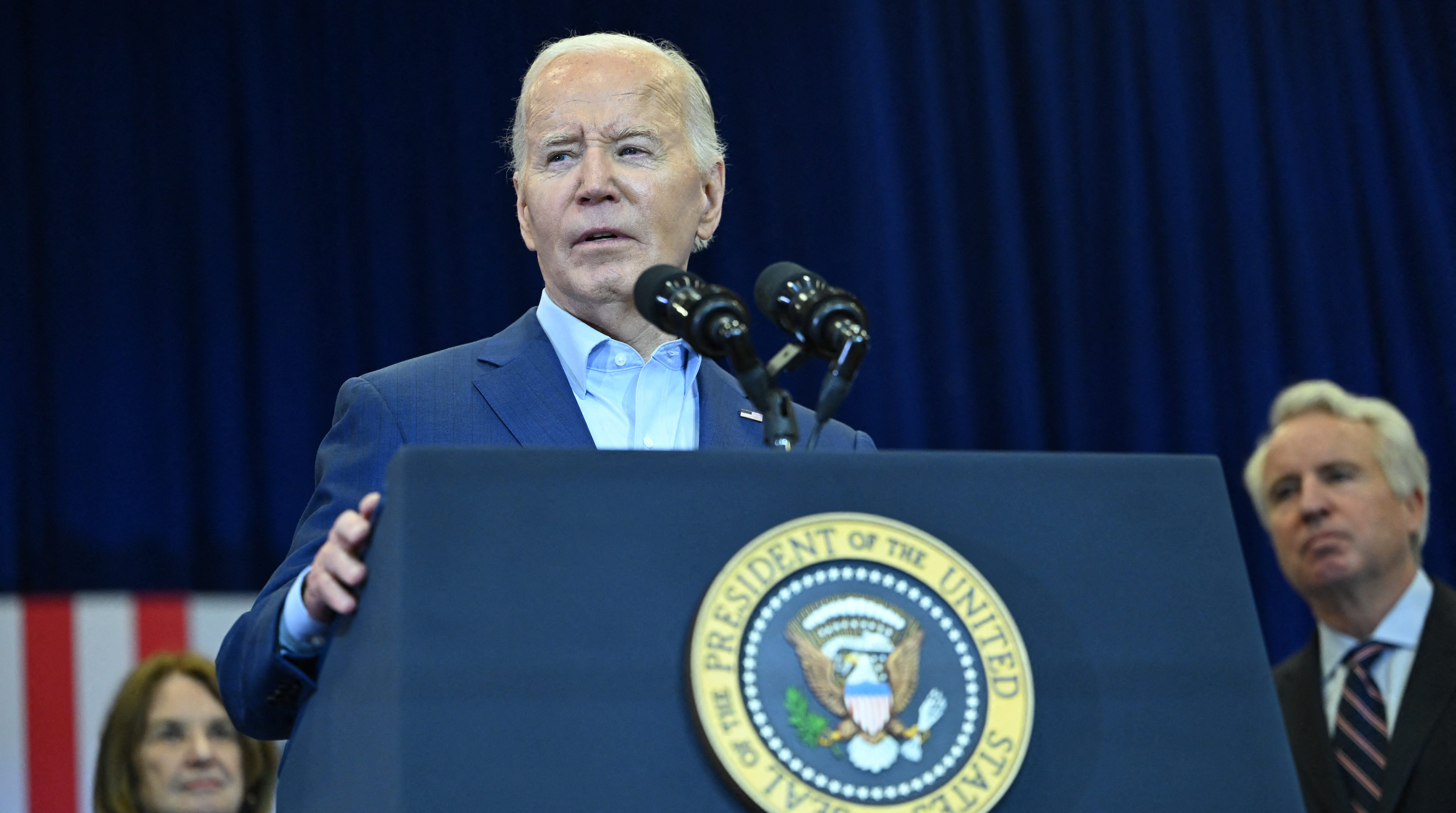Presidio County is bigger than Delaware and has just one practicing physician who doesn't deliver babies or treat emergencies. It's the kind of underserved region that Gov. Rick Perry suggested would benefit when he proposed a crackdown on medical malpractice lawsuits in 2003.
Now running for president, Perry says his tort reform plan proved the wisdom of his business-friendly policies by expanding health care across the state.
Yet none of the 23,000 doctors Perry says Texas has newly licensed have come this way.
"Some patients, when they find out they're pregnant, bam -- they're out of here," said Dr. Darrell Parsons, whose practice in Presidio is just across the Rio Grande from Ojinaga, Mexico.
An analysis of Perry's tort reform initiative in Texas reveals a more complicated bottom line than his campaign rhetoric on the issue would suggest. State medical data show that the number of physicians practicing in Texas has increased since the initiative passed in 2003, though by considerably less than the total Perry cites. And the bulk of that influx has come in larger cities where health care was already abundant, leaving large rural swaths of Texas still without doctors.
In many ways, the growth in the health industry in Texas adds more fodder to a larger debate surrounding Perry's record: How effective were his conservative policies in increasing jobs, in medicine and other fields, which is the core of his presidential campaign? And how much of Texas' economic growth during his 11 years in office mostly reflected a state with a booming energy industry and an increasing population?
Discussing his malpractice reforms in a speech in Georgia in September, Perry said, "Pregnant women have better access to OB-GYNs. People in need of trauma care have better access to neurosurgeons and other specialists. That's what tort reform is really all about. About how to give better access to the people of my home state. We need to spread lawsuit reform across all economic sectors of this country."
Politics
Politics from around the world.
However, medical records in Texas show that of the state's 254 counties, only 106 have an obstetrician/gynecologist -- just six more than in 2003. In Presidio County, which has 8,000 residents and is growing, some of Parsons' patients move 240 miles away to live with relatives in Odessa or Midland when they become pregnant.
Overall, the increase in physicians in Texas roughly tracked the state's population growth. Medical rolls increased by 24 percent since 2003, while Texas' population was soaring by 20 percent during the decade. Texas also saw rapid growth of physicians per capita before tort reform, according to the Texas Department of State Health Services.
The statistic Perry most often cites -- 23,000 newly licensed doctors after tort reform -- includes about 10,000 who sought licenses in Texas but took jobs elsewhere and physicians practicing telemedicine in other states.
Tort reform lobbyists point to a surge in the number of doctors in some high-risk specialties like surgery and emergency room care, particularly in the growing Rio Grande Valley.
"By no means do we claim that all doctors new to Texas are because of tort reform. But we absolutely claim that the accelerated growth is because of tort reform," said Jon Opelt, executive director of the Texas Alliance for Patient Access.
Health care shortages have plagued rural Texas for decades and few regions struggle more than West Texas. In Pecos, about a four-hour drive north of Presidio through sprawling ranchland and mountains, Mayor Venetta Seals recalled the wife of a California couple who became ill while traveling through the area earlier this year. By the time they reached the closest hospital nearly 200 miles away, the woman had died in the car.
Seals joked that the region perhaps needed signs on the Interstate informing drivers they're nowhere near a hospital. "Think about if you had a wreck, and just to get an ambulance took an hour," Seals said. "And that's one-way."
Perry made access to health care a major argument for tort reform in the initiative's advertising campaign in 2003, saying the state was hemorrhaging doctors because of lawsuits and malpractice insurance costs. The ballot issue, Proposition 12, became the most expensive campaign ever waged to amend the Texas Constitution. More than $15 million was spent in the showdown between trial lawyers and health care interests.
In a speech to the conservative Heritage Foundation that year, Perry told a New York audience how three out of five Texas counties lacked an obstetrician.
"That's a hardship for many pregnant women in certain areas of our state, but especially women with high-risk pregnancies," Perry said.
Eight years later, that ratio is the same.
In rural areas, doctors, including Parsons, nevertheless insist the lawsuit limit capping noneconomic damages at $250,000 was justified. Doctors statewide have seen their liability rates drop by an average of 27 percent, according to the Texas Medical Association. Parsons said he wouldn't have stayed in Presidio without the new caps.
"You don't have that hanging over your head," Parsons said.
Recruiting doctors in rural areas, however, is difficult. And another aspect of Texas' government philosophy -- a low Medicaid reimbursement rate, ranking 49th in the nation, and sparse public spending -- makes practicing in rural areas here less appealing than in other states. "Obstetricians want good education for their children and reasonable reimbursement for their services," said James Scroggs, director of health economics for the American Congress of Obstetricians and Gynecologists.
Parsons, a Kansas City native who began practicing in nearby Alpine in 1999, says it takes a "missionary spirit" to become a doctor in a place like this. And residents get used to doing without much health care.
"Out here, you get sick or hurt on Monday or Thursday. That's the day the clinic is open," said Zachary Zniewski, a carpenter in neighboring Brewster County. He looks down at his hand, which is missing a finger.
He accidentally sliced it off on a Wednesday.
 For the latest on Rick Perry's run for the White House, click here to see our special Tracking Rick Perry section. View videos, photos, and stories on the Texas governor's presidential run. |



